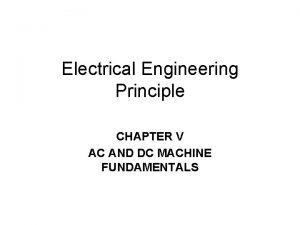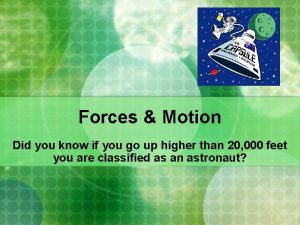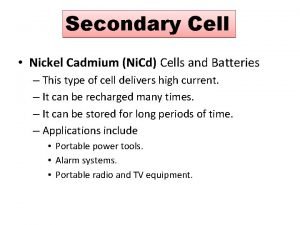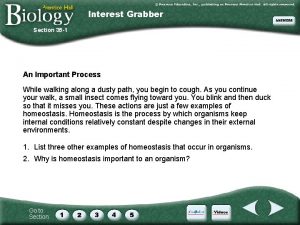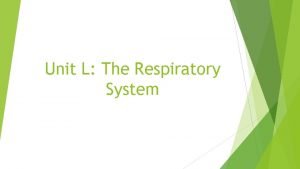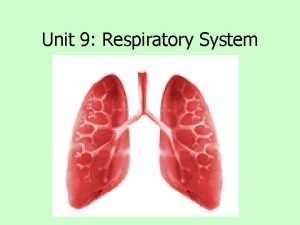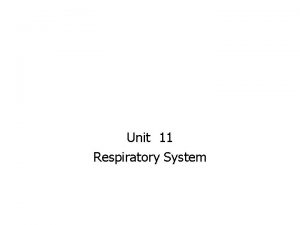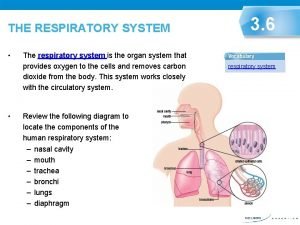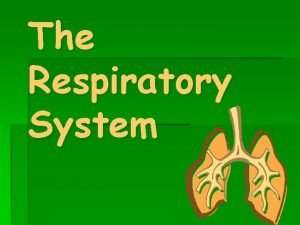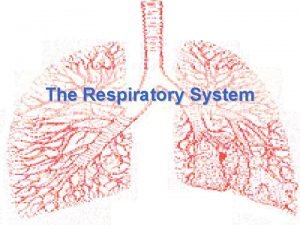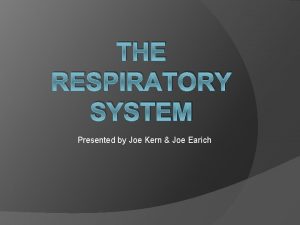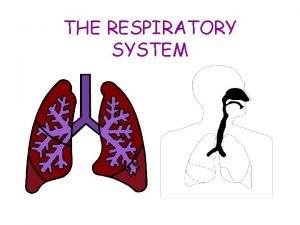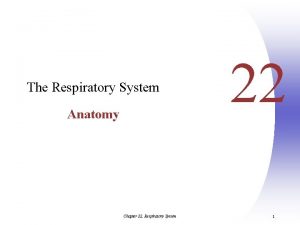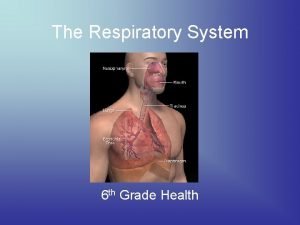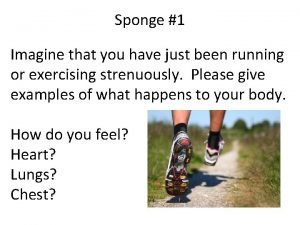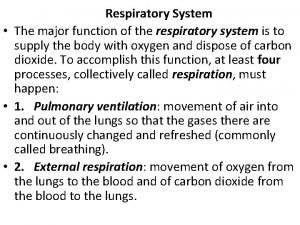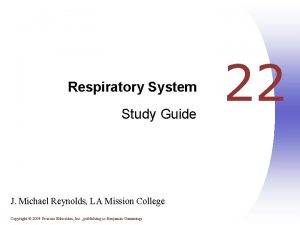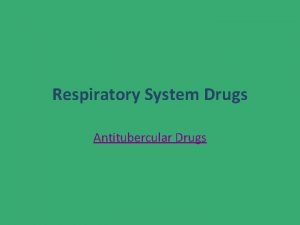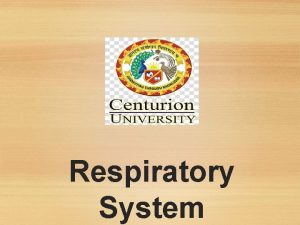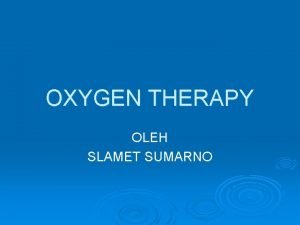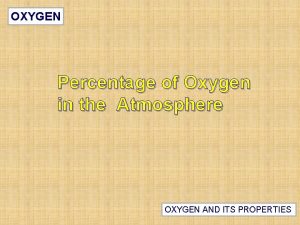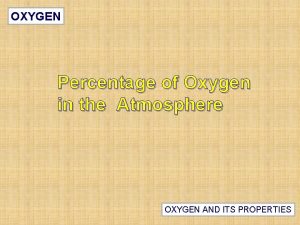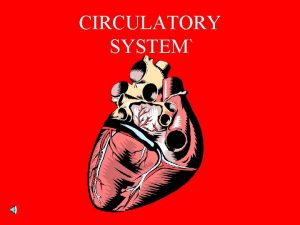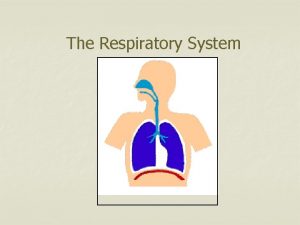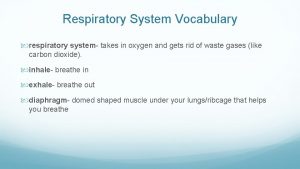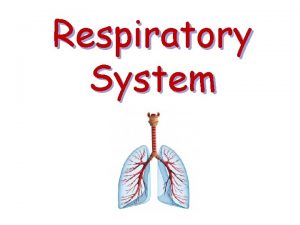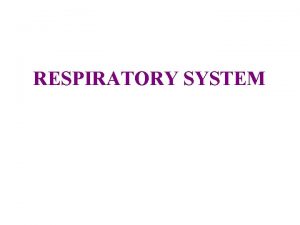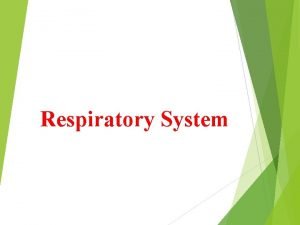Drugs of Respiratory System Respiratory System Delivers oxygen




























- Slides: 28

Drugs of Respiratory System

Respiratory System • Delivers oxygen to the cardiovascular system for distribution to the body and it removes carbon dioxide. • Maintain acid-base balance • Act as a blood reservoir, filtering and probably destroying emboli, • Metabolize some bioactive substances (eg, serotonin, prostaglandins, corticosteroids, and leukotrienes), • Activate angiotensin.

• Gas transfer occurs in the alveoli of the lungs, where the air-blood barrier is a thin, permeable membrane

• Subjected to pollution smoke, chemicals dust, & microorganism which means it is subjected to everything in the environment.

Drugs in Respiratory System • Drugs for air flow obstruction- Bronchodilators • Respiratory stimulants • Expectorants & cough suppressants. • Antitussive drugs • Mucokinetics • Mucolytics • Gases (Oxygen, Carbondioxide, Helium)

Broncodilators • Parasym. Nerv. Sys. - Broncoconstriction-s. GMP (�), H 1 • Symp. Nervous syst. - α 1 - constriction • α 2 -dilation • Constirctive endogen active substances- Histamine, seratonine, chemotoxic factors, arachidonic acid cyclooxigenase deriv (PG, PG 1, Tx. A 2), lipooxigenase (LT, HETE) • PGE- PG 1 - broncodilation

Bronchodilators • • 1. B 2 - Adrenoceptors agonist or stimulants 2. Phosphodiesterase blocker 3. Mast cell membrane stabilizers 4. Corticosteroids 5. Anticholinergic drugs 6. Leukotirene effective drugs Antihistaminics • • Inhibit smooth muscle constriction in blood vessels and the respiratory and GI tracts Decrease capillary permeability Decrease salivation and tear formation Act by binding with the histamine receptor • Decongestants

Bronchodilators B 2 - Adrenoceptors agonist or stimulants • MAO- increased c. AMP in the bronchial smooth muscles and mast cell leading to bronchodilation. • Cautious use in hypertension and cardiac disease • Nonselectives • Adrenaline • Isoprenaline • Ephedrine • Selectives • • • Orsiprenaline Terbutaline Salbutamole formoterol Fenoterol Samelterol Xinafoate

Bronchodilators Phosphodiesterase blockers • Blocking the enzyme phosphodiesterase leading to increase intracellular c. AMP. • Xanthine derivatives • Teophylline, aminophylline, dyphylline

Bronchodilators Mast cell membrane stabilizers • Prevent the release of broncho constrictor mediators. • Prevent wheezing, shortness of breath, and other breathing problems caused by asthma • Na cromoglycate [cromolyn-disodium crooglycate] • Nedocromil • Ketotifen

Bronchodilators Corticosteroids • Asthma-Bronchial airways inflammation • Inhaled corticosteroids(ICS)-anti-inflammatory effects

Bronchodilators Anticholinergic drugs • Act by decreasing muscarinic bronchoconstriction. • Block the action of acetylcholine-bronchial smooth muscle • Reduction of intracellular guanosine monophosphate (GMP) bronchoconstrictive substance • Atrovent (ipratropium) • Spiriva (tiotropium)

Bronchodilators Leukotriene effective drugs • Family of eicosanoid inflammatory mediators produced in leukocytes by the oxidation of arachidonic acid (AA) and the essential fatty acid eicosapentaenoic acid (EPA) by the enzyme. • Montelukast • Zafirlukast

Antihistaminics First Generation H 1 Receptor Antagonists Antihistaminics Second Generation H 1 Receptor Antagonists • CNS depression or stimulation • Anticholinergic effects • Chlor-Trimeton (chlorpheniramine) • Benadryl (diphenhydramine) • Vistaril (hydroxyzine) • Phenergan (promethazine) • Selective acting-nonsedative • Astelin (azelastine) • Allegra (fexofenadine) • Claritin (loratadine) • Clarinex (desloratadine) • Zyrtec • Xyzal

Antiastmatic drugs • Symptomatic broncodilators • Β 2 -adrenoceptor agonists • Short acting (salbutamol, terbutaline) • Long acting (Salmeterol) • Anticholinergics (Ipratopium bromide) • Xantines (Teophylline) Contraindicated in acute gastritis , Narrow therapeutic, Multiple drug interactions • Prophylactic (antiinflammatory) • Mast cell stabilizers (sodium cromogylcate, nedocromil, ketotiphene) • Xanthines- teophylline • Glucocorticosteroids (beklametazone) • Antiinflammatory • Glucocorticosteroids (beklametazone)

Respiratory Stimulants-Clinical use • Asphyxia (Respiratory arrest)- newborn&surgical operations • Chronic obsturating bronchial disease (sleepiness, inability to couch out)-aggravation • Respiratory depression during Infectious disease • Shock, syncopal conditions • Poisons (Hypnotic drug, opioid analgesics, general anesthetics)

Respiratory Stimulants • Direct acting • Caffeine • Bemegride • Etimizol • Reflex acting • Cytiton • Lobeline hydrochloride • Ammonia solution • Mixed acting • Cordiamine (Niketamide) • Sulfocamphocaine • Carbogen(Carbondioxide) Stimulates n-receptor of carotid sinus Acceleration and deepening of respiration Mixture of %93 -93 oxygen with %5 -7 carbondioxide CO 2 stimulates rep. cent. than alone use of O 2

Doxapram • Stimulates the medullary respiratory center and the chemoreceptors of the carotid artery and aorta to increase tidal volume. • Anesthesia • 1– 5 mg/kg, IV, in dogs and cats (1– 2 drops under the tongue of apneic neonates). • In adult horses, the dosage is 0. 5– 1 mg/kg, IV, while foals are dosed carefully at 0. 02– 0. 05 mg/kg/min, IV.

Mucus • adhesive, viscoelastic gel • Biophysical properties - -long polymeric gel-forming mucins, MUC 5 AC and MUC 5 B. • Entraps and clears bacteria and inhibits bacterial growth and biofilm formation. • Protects the airway from inhaled irritants and from fluid loss.

• Cystic fibrosis- almost no mucin (and thus no mucus) in the airway; inflammatory-cell derived DNA and filamentous actin polymers, • Retention of this airway pus - inflammation and airway damage. • Mucoactive medications • Expectorants, • Mucolytics, • Mucokinetic drugs.

Expectorants • Increase the volume of airway water or secretion -increase the effectiveness of cough. • Medications that improve the ability to expectorate purulent secretions. • Increase airway water or the volume of airway secretions • Secretagogues- increase the hydration of luminal secretions (eg, hypertonic saline or mannitol) • Abhesives- adhesivity of secretions and thus unstick them from the airway (eg, surfactants).

Mucokinetic drugs-Expectorants • Direct acting- Inhalation • Volatile oils-eucalyptus oil and oil of lemon. • Increase respiratory tract secretions • Indirect acting • Emetic drugs given at lower doses (ipecac) • Saline expectorants -stimulate bronchial mucous secretions via a vagally mediated reflex action on the gastric mucosa. • ammonium chloride, ammonium carbonate, • Mixed acting • Iodines • potassium iodide, calcium iodide, and ethylenediamine dihydroiodide. (Iodinecontraindicated in pregnant, hyperthyroid, or milk-producing animals)

Mucokinetic drugs-Expectorants • Saline mucokinetics • Iodine salts • • Sodium iodine Potasium iodine • Ammonium salts • • Ammonium carbonate Ammonium chloride • Sodium citrate • Stimulating • • • Guaiacol and Guaiacol glyceryl Creozote İpecac Eucalyptus Tereminth Terpines Benzoin Tolu balsam Poligala

Nasal Decongestants • α-adrenergic agonist - local vasoconstriction in mucous membranesreduces swelling and edema. • Used topically as nasal decongestants in allergic and viral rhinitis, or systemically in combination with antihistamines as respiratory tract decongestants. • Systemic administration can result in hypertension, cardiac stimulation, urinary retention, CNS stimulation, and mydriasis. Systemic administration of antihistamines often causes sedation.

Nasal Decongestants • Relieve nasal obstruction and discharge • Adrenergic • Afrin • Sudafed (pseudoephedrine) • Contraindicated in severe hypertension, narrow angle glaucoma or MAOIs

Antitussive drugs • Central Couch Suppresants • Opioid Mechanism of Action • • Codein Ethylmorphine Dextramethorphan Dionin Folcodin Noscapin Anileridine Butorphanol • Non-opioid Mechanism of Action • Trimetaprazin tartarate • • Diphenhydramine Karamifen Benzonatat Isoaminyl • Peripherally acting Drugs • Libexin • Falimint

Codeine • Agonist activity at the opiate receptors • Direct suppressive action on the cough center and mucosal secretion. • Delay gastric empting • Plasma amylase and lipase levels, • Biliary tract pressure resulting from contraction of the sphincter of Oddi. • May produce. DEPENDENCE (psychiatric and physical) • Adverse effects: euphoria, hypotension, bradycardia, constipation, urinary retention, physical dependence

 Pharmacology of drugs acting on respiratory system
Pharmacology of drugs acting on respiratory system Respiratory zone of the respiratory system
Respiratory zone of the respiratory system A shunt generator delivers 195 a
A shunt generator delivers 195 a Whenever jon delivers a newspaper to the zapanta house
Whenever jon delivers a newspaper to the zapanta house Nickel-cadmium battery anode and cathode reactions
Nickel-cadmium battery anode and cathode reactions What is subject and predicate
What is subject and predicate Cyberextortionist definition
Cyberextortionist definition Digestive system respiratory system and circulatory system
Digestive system respiratory system and circulatory system Tiny air sacs at the end of the bronchioles
Tiny air sacs at the end of the bronchioles Circulatory system and respiratory system work together
Circulatory system and respiratory system work together Section 35-5 drugs and the nervous system answer key
Section 35-5 drugs and the nervous system answer key Bozeman respiratory system
Bozeman respiratory system Unit 9 respiratory system
Unit 9 respiratory system Diagnostic test of respiratory system
Diagnostic test of respiratory system Respiratory system
Respiratory system What is larynx
What is larynx Respiratory system coloring page
Respiratory system coloring page Respiratory system purpose
Respiratory system purpose Conclusion on respiratory system
Conclusion on respiratory system The energy-releasing process that is fueled by oxygen
The energy-releasing process that is fueled by oxygen Cengage learning chapter 7 answers
Cengage learning chapter 7 answers Respiratory tree divisions
Respiratory tree divisions 22
22 Interesting facts about respiratory system
Interesting facts about respiratory system Upper respiratory system labeled
Upper respiratory system labeled Imagine
Imagine Upper respiratory tract
Upper respiratory tract Respiratory system diagram unlabeled
Respiratory system diagram unlabeled Respiratory system vocabulary
Respiratory system vocabulary


